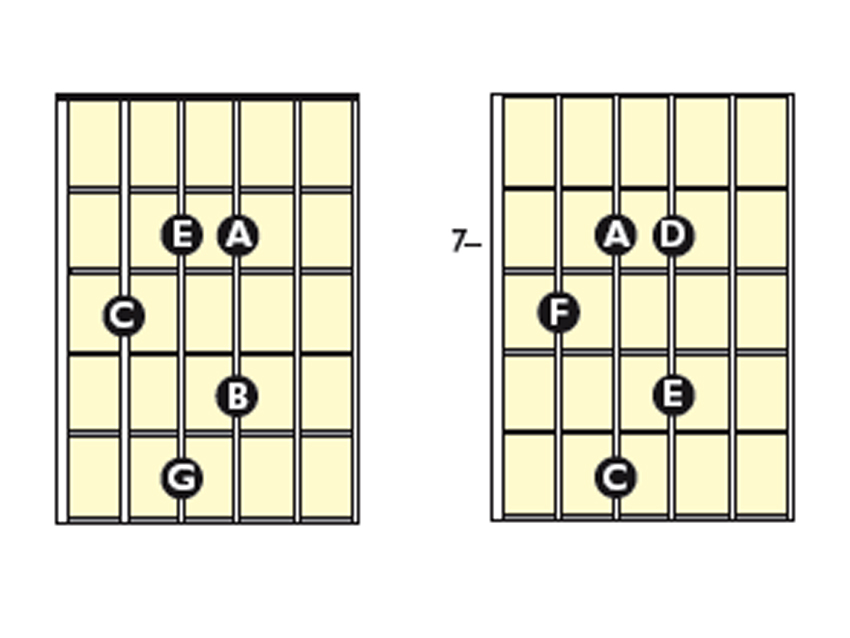How to: transpose melodies
Changing keys made easy...


Every month, Guitar Techniques attempts to answer guitarists' playing posers and technical teasers with expert and practical advice. Here we tackle the tricky idea of transposing…
The question
Dear GT
Is there an easy way to learn to transpose melodies? I'm doing my grade exams and my teacher has told me that if I'm transposing a melody from C to F major, all I have to do is raise all the notes in the melody a perfect fourth and adjust the key signature to suit.
To be honest, this is too much like maths - and I'm hopeless at that! I have an idea that there is a quicker and easier way to understand transposing, and if anyone knows, it must be GT!
Adam
The answer
Well We're flattered that you think we'd know a shortcut to painless transposition, Adam! Actually we do have a few ideas but would stress that if you're following an examination syllabus, do try to apply the sanctioned method in all that you do; examiners aren't too keen on maverick thinking...
If you want to avoid the maths of music transposing, you could always try this method. First, write out the scale of the first key - you say C major in your letter - then write out the key you're moving to (F major) underneath, like this:
Want all the hottest music and gear news, reviews, deals, features and more, direct to your inbox? Sign up here.

Using this table, you can now see how the various melody notes correspond between the keys, with virtually no mental arithmetic involved. As an example, if your original C-based melody went something like C - G - A - B - A - G - E you would merely use the table to determine the transposed version: F - C - D - E - D - C - A. See before and after below:

All you would have to do is to remember the signature of the target key and make sure you included any sharps or flats that have changed in the process. Another way would be to visualise the melody on your fretboard in a closed position (no open strings) then move it to its new location on the fretboard and make a note of the new set of notes, like so:

It will possibly feel a little cumbersome at first but with a little practice you'll find that it gets easier as you go along - and learning to visualise the fretboard in this way will improve your musicianship at the same time.

